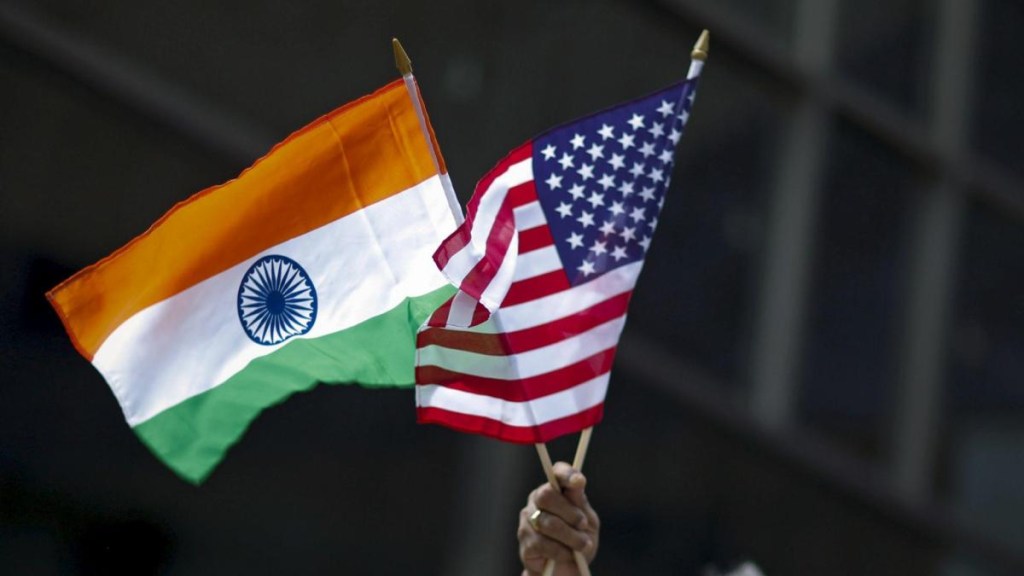India and the US will restart dialogue on the first tranche of a Bilateral Trade Agreement (BTA) on Tuesday here, in the first definitive sign in recent weeks that both sides are keen on a deal.
The US chief negotiator Brendan Lynch was scheduled to arrive here late Monday for a day-long meeting with Rajesh Agrawal, additional secretary in the commerce ministry, the latter said here.
Agarwal leads the Indian team for the BTA talks.
Stating that this is still not an official round of negotiations, Agarwal said that it will, however, definitely be a discussion on the trade talks, and would mark “continuation” of the process. The intent is to try to see how both sides could reach an agreement, he said.
Tariff Disputes Put Talks on Hold
The US team of negotiators was earlier scheduled to come to New Delhi for the sixth round of talks from August 25, but the visit was cancelled in the wake of the levy of additional penal duty of 25% on Indian goods by the US. These 25% additional tariff is over and above 25% reciprocal duties. India is the highest-tariffed country by the US now along with Brazil.
US ambassador-designate to India Sergio Gor, during his Senate hearing last week, said that president Donald Trump had invited commerce and industry minister Piyush Goyal to the US. Agarwal said Tuesday’s discussions would also feature this.
The additional tariffs had put the trade relationship between the two sides in a deep freeze until social media exchanges between Trump and Prime Minister Narendra Modi last week broke the ice.
The first tranche of the BTA has a deadline of fall or November of this year and was set by Trump and Prime Minister Narendra Modi when both leaders met in February.
The first round of talks on the BTA was held soon after the announcement of the intention by both sides to sign a trade deal. In the first round of talks in March both sides had finalised the Terms of Reference (ToR) of the BTA and in all five rounds of formal negotiations had already taken place.
Apart from oil purchases from Russia, the differences on opening up of the farm and dairy sector by India was the other major issue that led to the slowdown of negotiations.
High Stakes for India’s Exports
The deal with the US is important for India as with 50% tariffs many of its exports to the US market face a huge disadvantage vis-a-vis the competition. It will directly impact 55% of India’s exports to the US, its biggest market.
The US tariffs will slash India’s exports to $49.6 billion in FY2026, down 43% from $86.5 billion. This drop will also weigh on the economy and drag down overall growth by 0.5-0.6% this financial year, according to Chief Economic Advisor V Anantha Nageswaran.
The sectors like textiles, leather, gems and jewellery, leather, machinery and chemicals are expected to see the maximum impact of tariffs on their shipments to the US.
Through the agreement both sides had set a goal of increasing the bilateral trade to $ 500 billion by 2030 from $ 191 billion at present.
